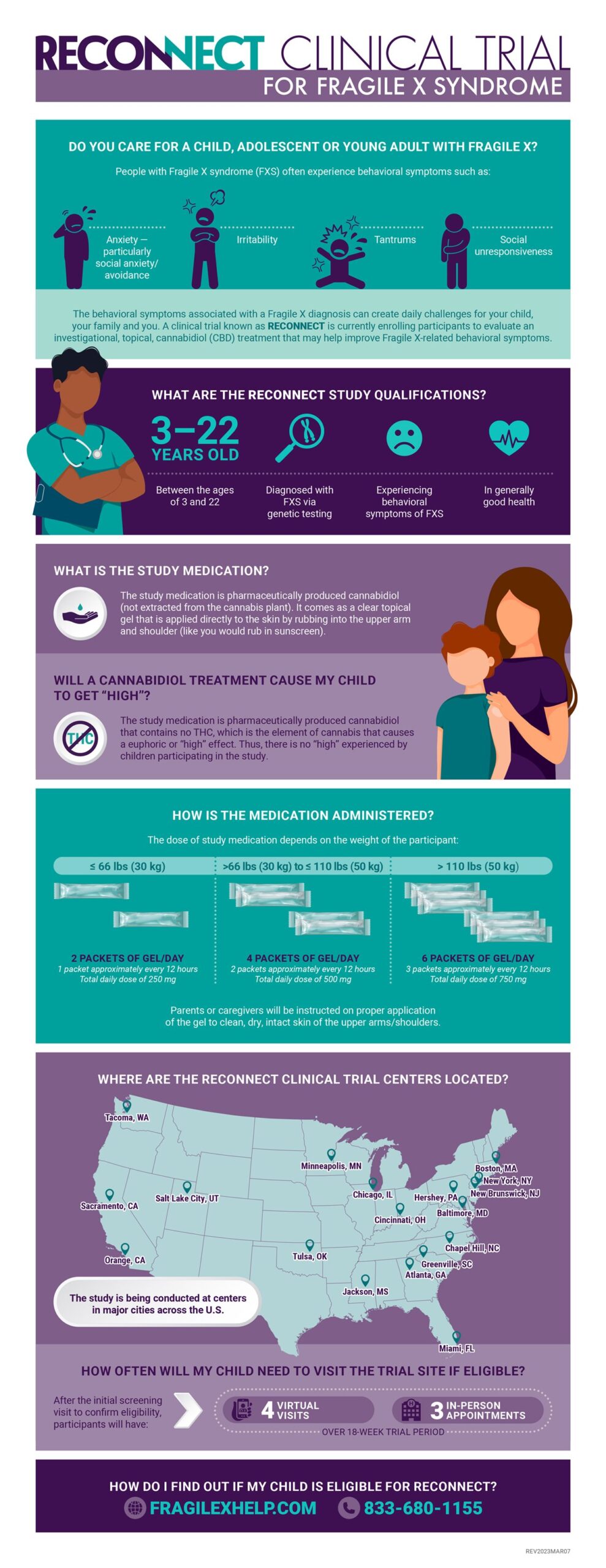2023-03-22T11:01:00
(BPT) – “It’s the stuff fans can’t see that’s hard to deal with.”
Pushing through challenges is something professional soccer player, coach, and avid runner Rosie White* knows well. In a career that has spanned over a decade, she’s competed at the university-level to the world’s biggest athletic stage. But at a major international tournament, Rosie faced her biggest challenge yet: ulcerative colitis.
Ulcerative colitis (UC) is a disease of the large intestine and rectum in which the lining of the colon becomes inflamed and can develop sores, which are also called ulcers. UC is a chronic, lifelong condition that can be diagnosed at any age; however, many are diagnosed between the ages of 15 and 30. It is estimated that about 600,000 to 900,000 people in the United States have been diagnosed with UC.
For White, her challenges with UC began while playing at an international game with the New Zealand National Team. White started to feel unwell, experiencing abnormal bowel function, pain, and blood in her stool, and decided to step off the field because she didn’t understand what was happening with her body.
White sought the opinion of a gastroenterologist in the U.S., who suspected she had UC and confirmed her diagnosis after a series of tests and was put on an initial treatment.
For White, her diagnosis was difficult to process: “It was a relief to know that there was something real happening and there was a way to help manage symptoms, but it also felt like a burden to be facing a lifelong disease.”
The symptoms of UC can vary from person to person, but often includes urgent and frequent bowel movements, bloody stool, abdominal cramps and pain, and diarrhea. While patients can find it difficult or embarrassing to discuss these symptoms, it is important to talk to a healthcare provider and be as open as possible.
Creating the Playbook
For patients with chronic conditions, such as UC, managing their disease and finding the right treatment plan for them may take years. For White, managing her UC while playing soccer professionally brought its own set of obstacles.
“I tend to internalize stress and I don’t always recognize emotional stress until it affects me physically,” said White.
She experienced multiple flares over several years, many of which coincided with important tournaments and competitions. The constant travel and not having control over her schedule or when or what she ate impacted her ability to manage her condition.
“Preparing for tournaments was an especially stressful time as we were supposed to be at our very best, but I was, in fact, at my worst,” explained White. “As an athlete, it’s your job to be in control of your body and your performance. Playing soccer on the world stage, I experienced a lot of worry over having a flare while I needed to perform at a major soccer tournament.”
Over several years, White was prescribed a variety of treatments for her UC, but whenever she started to feel better, she would stop taking her treatment as prescribed, thinking she would no longer need it. But then, her symptoms continued to come back.
White was determined to take back control of her condition and find an option that helped her symptoms. After moving to Seattle, her new physician explained her options and helped her find a treatment that worked best for her new diagnosis of moderate to severe UC and her lifestyle.
Today, progress in research has led to the development of additional treatment choices for UC, including those outside of biologics and injectables, like the once-daily pill Zeposia.
Zeposia™ (ozanimod) is the first and only FDA-approved treatment of its kind for adults with moderate to severely active UC. As an S1P receptor modulator, Zeposia targets a specific part of immune cells called an S1P receptor. The S1P receptor plays a role in the UC inflammation process. The exact way Zeposia works is not known.
Zeposia has been shown to help patients achieve and maintain remission, while reducing symptoms such as rectal bleeding and stool frequency in as early as two weeks.
For White, Zeposia offered a treatment option that fit with her schedule: “It made sense for the way I wanted to live my life and the fact that it is a pill makes it a lot less daunting to me.”
White’s doctor helped her understand the serious side effects that are possible with Zeposia, including an increased risk of serious infections, PML—a rare brain infection, slow heart rate, liver problems, increased blood pressure, breathing problems, a vision problem called macular edema, and swelling and narrowing of blood vessels in the brain. See additional Important Safety Information below.
Settling The Score
It is important for patients experiencing UC symptoms to seek medical attention and advocate for themselves to find the right diagnosis and treatment plan that works for them. For White, the turning point in her UC journey was being able to communicate with her physician who helped find her a treatment plan that worked for her lifestyle.
With a treatment plan that works well for her, White is able to continue doing the things she loves, such as coaching soccer and advocating the importance of physical activities for children.
Zeposia may not work for everyone. Individual results may vary. Patients should speak with their health care provider to learn more.
Her advice for others? Always advocate for yourself, have an open conversation with your healthcare professional, and most importantly, never give up.
*Rosie White is an actual Zeposia patient who was compensated by Bristol Myers Squibb for her time
Source: Bristol Myers Squibb
INDICATION
ZEPOSIA® (ozanimod) is a prescription medicine used to treat moderately to severely active ulcerative colitis (UC) in adults.
It is not known if ZEPOSIA is safe and effective in children.
IMPORTANT SAFETY INFORMATION
Do not take ZEPOSIA if you:
• have had a heart attack, chest pain (unstable angina), stroke or mini-stroke (transient ischemic attack or TIA), or certain types of heart failure in the last 6 months
• have or have had a history of certain types of an irregular or abnormal heartbeat (arrhythmia) that is not corrected by a pacemaker
• have untreated, severe breathing problems during your sleep (sleep apnea)
• take certain medicines called monoamine oxidase (MAO) inhibitors (such as selegiline, phenelzine, linezolid)
Talk to your healthcare provider before taking ZEPOSIA if you have any of these conditions or do not know if you have any of these conditions.
ZEPOSIA may cause serious side effects, including:
• Infections. ZEPOSIA can increase your risk of serious infections that can be life-threatening and cause death. ZEPOSIA lowers the number of white blood cells (lymphocytes) in your blood. This will usually go back to normal within 3 months of stopping treatment. Your healthcare provider may do a blood test of your white blood cells before you start taking ZEPOSIA.
Call your healthcare provider right away if you have any of these symptoms of an infection during treatment with ZEPOSIA and for 3 months after your last dose of ZEPOSIA:
• fever
• feeling very tired
• flu-like symptoms
• cough
• painful and frequent urination (signs of a urinary tract infection)
• rash
• headache with fever, neck stiffness, sensitivity to light, nausea, or confusion (these may be symptoms of meningitis, an infection of the lining around your brain and spine)
Your healthcare provider may delay starting or may stop your ZEPOSIA treatment if you have an infection.
•Progressive multifocal leukoencephalopathy (PML). ZEPOSIA can increase your risk for PML, which is a rare brain infection that usually leads to death or severe disability. If PML happens, it usually happens in people with weakened immune systems but has happened in people who do not have weakened immune systems. Symptoms of PML get worse over days to weeks. Call your doctor right away if you have any new or worsening symptoms of PML that have lasted several days, including: weakness on one (1) side of your body, changes in your vision, changes in your thinking or memory, confusion, changes in your personality, loss of coordination in your arms or legs, decreased strength, and/or problems with balance.
• Slow heart rate (also known as bradyarrhythmia) when you start taking ZEPOSIA. ZEPOSIA may cause your heart rate to temporarily slow down, especially during the first 8 days. You will have a test to check the electrical activity of your heart called an electrocardiogram (ECG) before you take your first dose of ZEPOSIA.
Call your healthcare provider if you experience the following symptoms of slow heart rate:
• dizziness
• lightheadedness
• feeling like your heart is beating slowly or skipping beats
• shortness of breath
• confusion
• chest pain
• tiredness
Follow directions from your healthcare provider when starting ZEPOSIA and when you miss a dose.
Continue reading for additional possible serious side effects of ZEPOSIA.
Before taking ZEPOSIA, tell your healthcare provider about all of your medical conditions, including if you:
• have a fever or infection, or are unable to fight infections due to a disease, or take or have taken medicines that lower your immune system
• received a vaccine in the past 30 days or are scheduled to receive a vaccine. ZEPOSIA may cause vaccines to be less effective
• before you start ZEPOSIA, your healthcare provider may give you a chickenpox (Varicella Zoster Virus) vaccine if you have not had one before
• have had chickenpox or have received the vaccine for chickenpox. Your healthcare provider may do a blood test for the chickenpox virus. You may need to get the full course of the vaccine and wait 1 month before taking ZEPOSIA
• have a slow heart rate
• have an irregular or abnormal heartbeat (arrhythmia)
• have a history of stroke
• have or have had heart problems, including a heart attack or chest pain
• have high blood pressure
• have liver problems
• have breathing problems, including during your sleep
• have eye problems, especially an inflammation of the eye called uveitis
• have diabetes
• are or plan to become pregnant or if you become pregnant within 3 months after you stop taking ZEPOSIA. ZEPOSIA may harm your unborn baby. If you are a female who can become pregnant, talk to your healthcare provider about what birth control method is right for you during your treatment with ZEPOSIA and for 3 months after you stop taking ZEPOSIA.
• are breastfeeding or plan to breastfeed. It is not known if ZEPOSIA passes into your breast milk. Talk to your healthcare provider about the best way to feed your baby if you take ZEPOSIA
Tell your healthcare provider about all the medicines you take or have recently taken, including
prescription and over-the-counter medicines, vitamins, and herbal supplements. Using ZEPOSIA with other medicines can cause serious side effects. Especially tell your healthcare provider if you take or have taken:
• medicines that affect your immune system, such as alemtuzumab
• medicines to control your heart rhythm (antiarrhythmics), or heartbeat
• CYP2C8 inducers such as rifampin
• CYP2C8 inhibitors such as gemfibrozil (medicine to treat high fat in your blood)
• opioids (pain medicine), medicines to treat depression, and medicines to treat Parkinson’s disease
• medicines to control your heart rate and blood pressure (beta blocker medicines and calcium channel blocker medicines)
You should not receive live vaccines during treatment with ZEPOSIA, for at least 1 month before taking ZEPOSIA and for 3 months after you stop taking ZEPOSIA. Vaccines may not work as well when given during treatment with ZEPOSIA.
ZEPOSIA can cause serious side effects, including:
• liver problems. Your healthcare provider will do blood tests to check your liver before you start taking ZEPOSIA. Call your healthcare provider right away if you have any of the following symptoms:
• unexplained nausea
• vomiting
• stomach area (abdominal) pain
• tiredness
• loss of appetite
• yellowing of the whites of your eyes or skin
• dark colored urine
• increased blood pressure. Your healthcare provider should check your blood pressure during treatment with ZEPOSIA. A sudden, severe increase in blood pressure (hypertensive crisis) can happen when you eat certain foods that contain high levels of tyramine.
• breathing problems. Some people who take ZEPOSIA have shortness of breath. Call your healthcare provider right away if you have new or worsening breathing problems.
• a problem with your vision called macular edema. Your risk of macular edema is higher if you have diabetes or have had an inflammation of your eye called uveitis. Your healthcare provider should test your vision before you start taking ZEPOSIA if you are at higher risk for macular edema or any time you notice vision changes during treatment with ZEPOSIA. Call your healthcare provider right away if you have any of the following symptoms:
• blurriness or shadows in the center of your vision
• sensitivity to light
• a blind spot in the center of your vision
• unusually colored vision
• swelling and narrowing of the blood vessels in your brain. Posterior Reversible Encephalopathy Syndrome (PRES) is a rare condition that has happened with ZEPOSIA and with drugs in the same class. Symptoms of PRES usually get better when you stop taking ZEPOSIA. If left untreated, it may lead to stroke. Your healthcare provider will do a test if you have any symptoms of PRES. Call your healthcare provider right away if you have any of the following symptoms:
• sudden severe headache
• sudden confusion
• sudden loss of vision or other changes in your vision
• seizure
The most common side effects of ZEPOSIA can include:
• upper respiratory tract infections
• elevated liver enzymes
• low blood pressure when you stand up (orthostatic hypotension)
• painful and frequent urination (signs of urinary tract infection)
• back pain
• high blood pressure
• headache
These are not all of the possible side effects of ZEPOSIA. For more information, ask your healthcare provider or pharmacist.
Call your healthcare provider for medical advice about side effects. You may report side effects to FDA at 1- 800-FDA-1088.
Please see full Prescribing Information, including Medication Guide.
To learn more, visit Zeposia.com.
2084-US-2201520 03/23

















